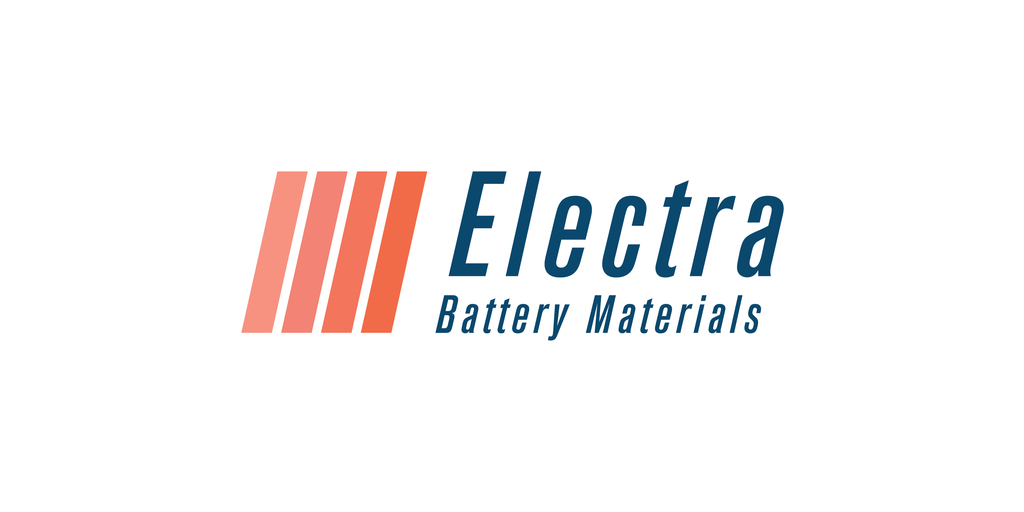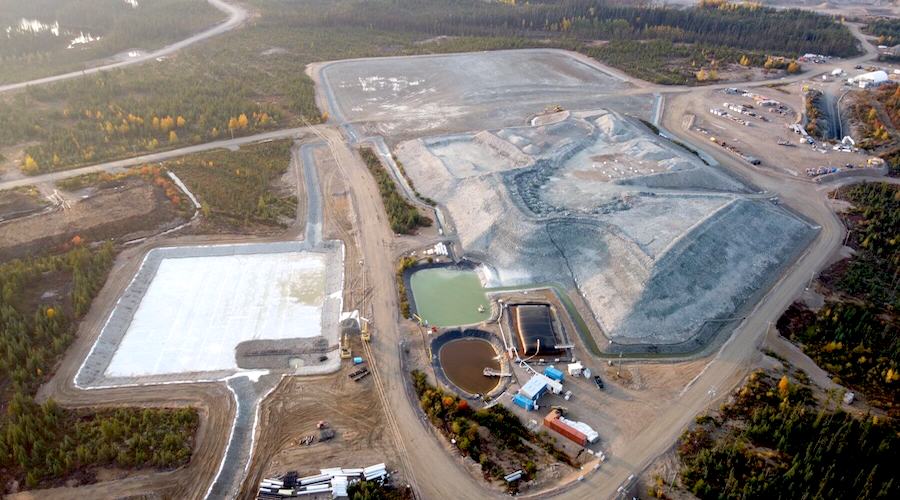Sign up for daily news updates from CleanTechnica on email. Or follow us on Google News!
Renewable energy is the elephant in the room at the COP 28 climate conference, where there is a lot of talk about phasing out, phasing down, and/or abating the emissions from fossil fuels. The discussions are acrimonious, with fossil fuel interests demanding the right to continue extracting oil, coal, and methane until the very last molecule is burned. Climate activists, on the other hand, want immediate action to sharply reduce the world’s dependence on those fuels.
Recently, Sultan Al Jaber, president of the COP 28 conference, oil minister of the United Arab Emirates, head of the Abu Dhabi National Oil Company, and chief executive of Masdar, the UAE’s renewable energy agency, said in an interview that phasing out fossil fuels would condemn humans to going back to living in caves.
While that statement was a bit extreme, there is a kernel of truth embedded in it. Humans have gotten used to living in hot, dry places like Dubai, Mumbai, and Phoenix thanks to access to abundant and relatively cheap electricity. They have become accustomed to having internet service in their homes, gas for their cars when they need it, trips to exotic locations by affordable air travel, and fresh food from around the globe on their tables — all thanks to the energy provided by burning fossil fuels.
Al Jaber’s remark about living in caves was an exaggeration but it was not so long ago that people lived close to where they worked, raised chickens and vegetables in the backyard, walked to school, read newspapers, and had to drive through sleepy little towns in Georgia in order to get to Florida. Abundant energy — especially electrical energy — is the foundation of modern civilization, and so the question naturally arises about what will replace fossil fuels and when?
It is popular today to speak of first principles. Coal, oil, and methane are all forms of renewable energy — if you have the patience to wait a few million years for nature to do its thing. If not, there is a source of energy 93 million miles away that is free. It’s called the sun and it is estimated it will be around for several billion years. Enough energy from the sun strikes the Earth every year to meet all the energy needs of human society many times over. Here’s how NASA describes it:
Averaged over an entire year, approximately 342 watts of solar energy fall upon every square meter of Earth. This is a tremendous amount of energy — 44 quadrillion (4.4 x 1016) watts of power to be exact. As a comparison, a large electric power plant produces about 1 billion (1 x 109) watts of power. It would take 44 million such power plants to equal the energy coming from the Sun.
The means we have invented so far to harness the sun’s energy — solar panels and wind turbines — are fairly crude in terms of efficiency. No doubt human ingenuity will find ways to improve them over time. Distributing renewable energy poses a number of challenges, primarily because most electrical grids were designed to distribute power from a central location. Feeding electricity in from the margins was not something anyone remotely considered until about 20 years ago.
If we are serious about phasing out fossil fuels, we will need to replace them with renewable energy from solar panels and wind turbines (and maybe geothermal sources) as soon as possible. At COP 28, some climate activists want to see a plan agreed to that would triple the amount of energy in the world by 2030. That’s ambitious but entirely possible according to Bloomberg (paywall).
BloombergNEF solar analyst Jenny Chase says today the world has about 3.6 terawatts of renewables installed, built over decades. To triple that, another 7 terawatts will need to be added in the next seven years. That’s a lot of solar and wind — but if it happens, it would cut emissions by more than 9 billion tons in 2030, equivalent to a quarter of global carbon dioxide emissions in 2022. That would be a huge step forward in the effort to decarbonize energy generation. “Honestly, it’s great that we can even talk about tripling renewables,” Chase says. “Solar will probably be pretty close to or even exceed tripling. The challenge is wind.”
The biggest obstacles to building wind farms are permitting and a lack of connections to energy grids, but Chase cautions against any country attempting to rely on solar alone. Even with the extra battery capacity that will be installed by 2030, wind is needed to fill in gaps when solar produces little electricity.
While the deal being negotiated at COP 28 in Dubai is global, individual country targets will vary, according to a BloombergNEF analysis. Brazil, for example, already gets 85% of its electricity from renewable sources and does not need to triple that, while regions such as Sub-Saharan Africa and Southeast Asia — and especially India — would need to more than triple their renewables to meet the target. In those regions, “tripling is not only required to get the world on track for net zero,” Chase says. “It’s probably also quite beneficial for bringing electricity to people who haven’t had enough in the past.”
Also on the agenda at COP 28 is a target to double energy efficiency by 2030. While efficiency made its way into the political discourse in many European countries after the Russian invasion of Ukraine, it has had little traction at previous COP conferences. “Efficiency is never sexy,” Chase says. “I really hope that passes, though, because the best source of electricity to generate is the sort that you never even have to generate — because you don’t use it.”
Renewable Energy Imbalances
In August, the World Economic Forum identified three areas of imbalance it says will make the transition to renewable energy more difficult.
- Geographical imbalance: a significant portion of the investment in solar energy remains concentrated in developed nations, leaving developing countries with limited opportunities. Africa, in particular, has received a meager share of the investments, hindering progress in the region.
- Sector imbalance: while large scale solar farms dominate the majority of investments, smaller-scale solar applications like solar pumps, cold storage and other renewables-based livelihood options receive insufficient attention. These smaller scale solutions are crucial for decentralized and localized energy access.
- Manufacturing concentration: more than 80% of solar technology manufacturing is carried out in just two countries. This has created disruptions in the supply chain: choked supply chains, owing to the manufacturing of solar panels being concentrated in one country, led to prices of solar increasing by more than 20% almost all over the globe in 2021. This issue will be magnified as demand is expected to increase by as much as nine times by 2030.
The WEC suggests a number of strategies it believes can address those areas of imbalance.
Solar mini-grids and standalone solar — The first intervention relates to using solar minigrids and standalone solar systems to enhance universal energy access. Grid extension alone will leave 660 million people without electricity by 2030. For villages and towns more than 10 to 15 kilometers from the grid, solar minigrids are particularly useful For those with population densities of less than 400 people per km², solar stand alone systems will make sense.
The focus, therefore, needs to be on technologies, business models and financing instruments to enable a mix of grid, solar mini-grids and standalone solar systems to enable universal energy access. The International Solar Alliance has initiated a solar facility, with a payment guarantee mechanism amongst other mechanisms, focused on small-scale solar applications, to pull investments into countries and sectors that are currently underserved.
Diversified manufacturing of solar technologies — The second intervention relates to the geographical diversification of manufacturing and in finding the sweet spot between the scale of manufacturing on the one hand and reliability of the supply chain on the other. The low-hanging fruit in this regard is to help countries with adequate demand nationally or regionally to manufacture solar modules. Importing cells but manufacturing the modules reduces supply chain vulnerabilities and the costs associated with the imports of modules, which are greater than those for importing cells. Increasing investments in module manufacturing will push the lopsided manufacturing curve to a more balanced curve.
Integrating solar energy — Third, solar energy (and other forms of renewable energy) must be integrated in order to transition hard to abate sectors and others to lower carbon pathways. An emerging technology with immense potential is green hydrogen, which can be transformative as a heating and transportation fuel, as well as a storage medium. At the same time, there is a need for a robust and cost-effective approach for ensuring that green hydrogen is truly green to suit the world’s decarbonization goals.
IEA Agrees Tripling Of Renewable Energy Is Possible
The International Energy Agency has also endorsed the idea that the world could triple its renewable energy capacity by 2030. In July it wrote, “Tripling renewable capacity by 2030 is an ambitious yet achievable goal. Annual capacity additions have more than doubled from 2015 to 2022, rising by about 11% per year on average. Just a slightly higher annual growth rate would put renewables on track to meet the 2030 capacity target — though it will require stronger policy actions by governments, notably to ensure resilient technology supply chains, secure and cost effective system integration of solar PV and wind, and renewable energy deployments in many more emerging and developing economies.
“Solar PV in particular is providing grounds for optimism on the pace of renewable expansion. It is on course to account for two thirds of this year’s increase in global renewable power capacity and further strong growth is expected in 2024. At the same time, manufacturing capacity for all solar PV production segments is expected to more than double, reaching 1,000 GW a year by 2024, led by China and a growing number of projects in the United States, India and Europe. Based on those trends, the world will have enough solar PV manufacturing capacity in 2030 to meet the level of annual demand envisaged in the IEA’s net zero pathway.
“This impressive progress shows what’s possible, but many challenges remain elsewhere. Wind power is set for a strong year in 2023, but further growth next year will depend on whether governments can provide greater policy support to address challenges in terms of permitting and auction design. In contrast to solar PV, wind turbine supply chains are not growing fast enough to match accelerating demand over the medium term. This is mainly due to rising commodity prices and supply chain challenges, which are reducing the profitability of manufacturers.”
The Takeaway
Tripling the amount of renewable energy and keeping 9 billion tons of carbon dioxide out of the atmosphere every year is wonderful news. But even if that happens, there will still be plenty of fossil fuel generated electricity around, so those who say coal, oil, and gas will still play a role for decades to come are correct. The real mission is to keep their continued use to an absolute minimum.
We don’t want to go back to living in caves or driving horse drawn carriages, but neither do we want to be the cause of a sixth mass extinction event. The reality is that simple economics will drive the transition more than climate talks and government policies.
Renewable energy is cheaper than coal, oil, methane or nuclear power. Its dominance is inevitable, despite the wishes of the molecule pushers around the world. Their days are numbered and they know it, which is why they are working so hard to keep the good times rolling as long as they can. But the cost of fuel for renewables is zero. It’s hard to compete with that.
Have a tip for CleanTechnica? Want to advertise? Want to suggest a guest for our CleanTech Talk podcast? Contact us here.
CleanTechnica Holiday Wish Book
Our Latest EVObsession Video
I don’t like paywalls. You don’t like paywalls. Who likes paywalls? Here at CleanTechnica, we implemented a limited paywall for a while, but it always felt wrong — and it was always tough to decide what we should put behind there. In theory, your most exclusive and best content goes behind a paywall. But then fewer people read it!! So, we’ve decided to completely nix paywalls here at CleanTechnica. But…
Thank you!
CleanTechnica uses affiliate links. See our policy here.




